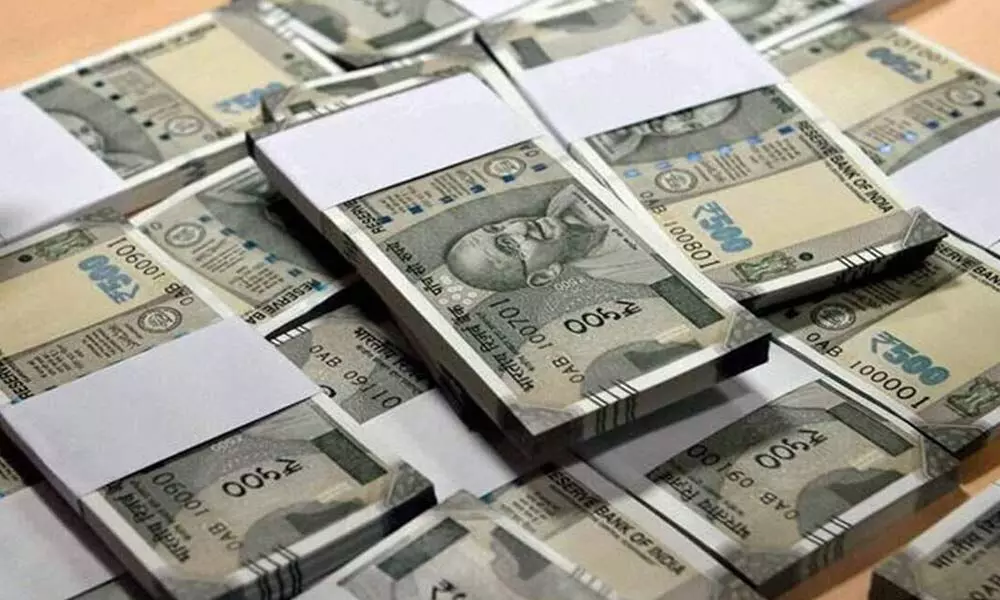Bigger capex push to support growth
Govt has budgeted for a widening in its absolute fiscal deficit to Rs 16.6 trn in FY23 (BE) from Rs 15.9 trn in FY22 (RE)
image for illustrative purpose

With a modest 6.0 per cent growth in revenue receipts and Rs 0.65 trillion disinvestment target, tepid 0.9 per cent rise in revenue expenditure and robust 24.5 per cent expansion in capital spending, the Government of India has budgeted for a widening in its absolute fiscal deficit to Rs 16.6 trillion in FY23 (BE) from Rs 15.9 trillion in FY22 (RE). Within the fiscal constraints, the government chose to undertake a modest fiscal consolidation of 0.5 per cent of GDP, albeit to a higher than expected 6.4 per cent of GDP in FY23, while allocating a considerable Rs 7.5 trillion for growth-supportive capex.
An early implementation of the enthusing 24.5 per cent expansion in capital spending to a substantial Rs 7.5 trillion can trigger a durable economic growth momentum, with the potential to augment job creation, prop up domestic consumption, and hasten capacity expansion by the private sector. The impact of higher capex will be complemented by the interest free bonds of Rs one trillion to the States that will help them prioritise capex even as they traverse the challenges posed by end of GST compensation.
The higher than anticipated fiscal deficit and gross borrowing at nearly Rs 15.0 trillion, along with no update on measures to facilitate the awaited bond index inclusion, pushed up the 10 year G-sec yield past 6.88 per cent intraday, wiping out the benign impact of the switch/conversion announced yesterday. The large dated borrowing coupled with the impending repo rate hikes can push the 10-year yield to 7.0 per cent within the next quarter, which will set the stage for an upward shift in the entire yield curve.
The Union Budget pegged the tax devolution to the states at Rs 8.2 trillion in FY23 (BE), 9.6 per cent higher than the Rs 7.4 trillion devolved in FY22 (RE). The rise in central tax devolution will help the states to mitigate the risks arising from the likely discontinuation of the GST compensation after June 2022, while augmenting spending on infrastructure. While we expect GST compensation of Rs 1.2-1.5 trillion (including pending dues for FY21-FY22 plus regular flows for Feb-June 2022) to flow to the states in FY23, it would be half the magnitude of GST compensation (Rs 2.5-2.8 trillion) that the states received in FY21-FY22. Additionally, the net normal borrowing ceiling of the state governments has been fixed at 3.5 per cent of the GSDP for FY23, along with a further 0.5 per cent of GSDP earmarked for power sector reforms, in line with the recommendations of the 15th Finance Commission for the upcoming fiscal.
Buoyant GST revenues in spite of pandemic offer evidence of anti-evasion efforts of the Government as well as the K-shaped recovery, with the large and formal players gaining at the cost of the rest.
(The author is chief economist
at ICRA)

